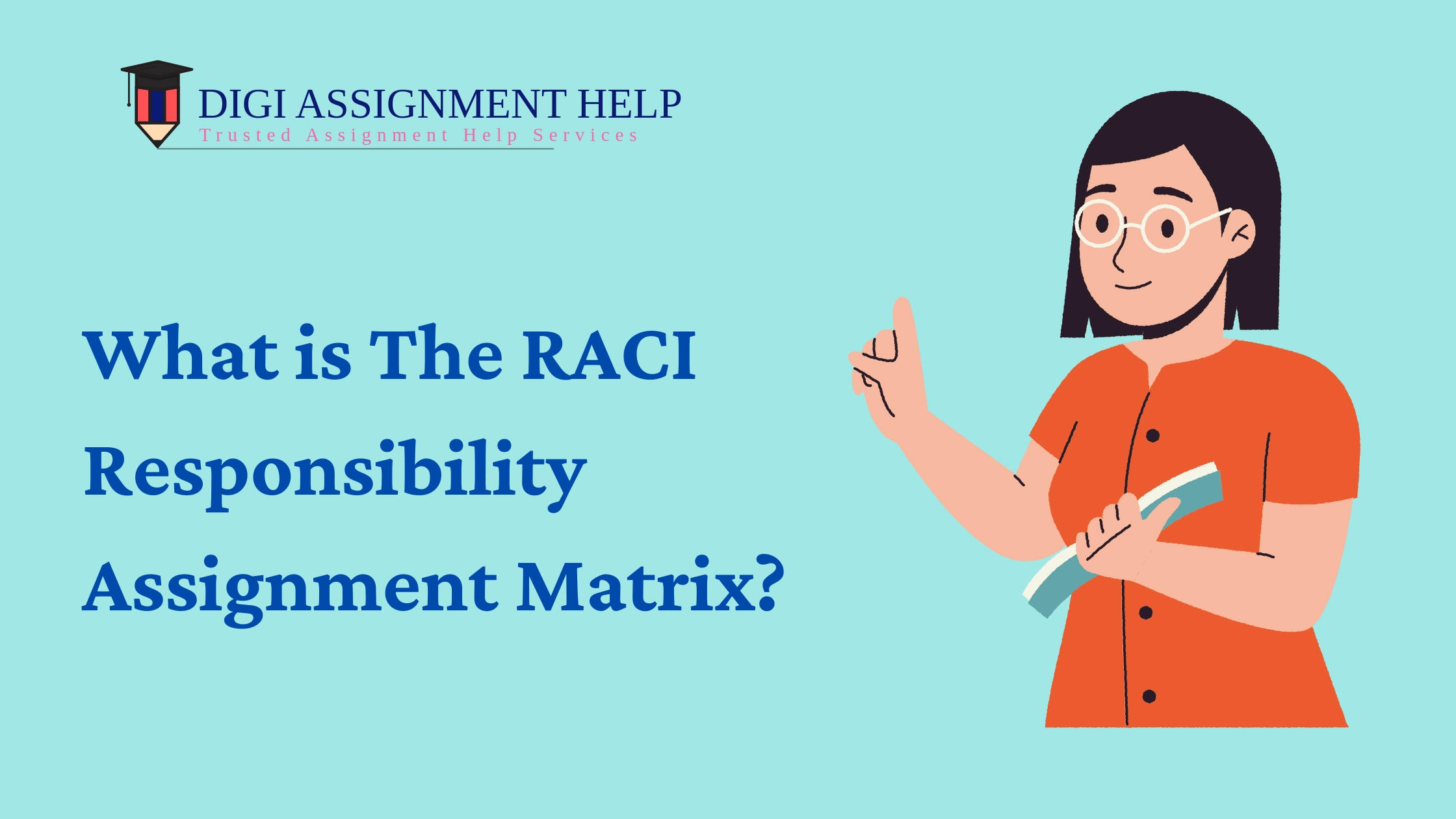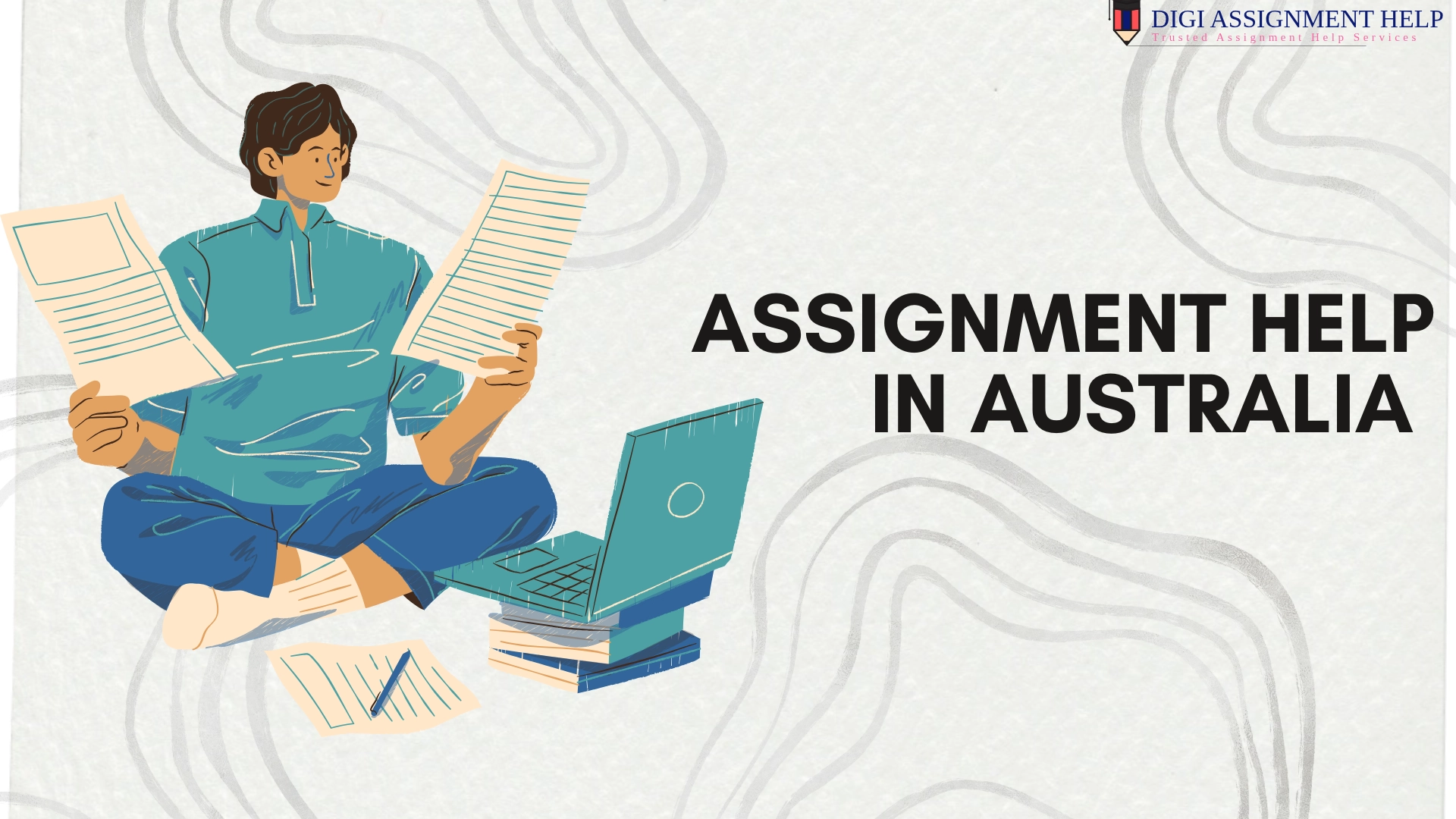What is The RACI Responsibility Assignment Matrix?
 27-Jun-2024 07:26 AM
27-Jun-2024 07:26 AM

Handling projects with complexities and random challenges can make teams hurdle for productivity and timely deliveries. Multiple stakeholders, managers, and team members need to ensure quality communication and consistent progress for the collaborative success of the project.
To achieve this goal, the leaders need to clearly define the objectives of their projects, tasks, and responsibilities of every member. This is where the Responsibility Assignment Matrix (RAM), also known as RACI, plays a vital role.
So, let’s understand the core concepts of the RACI matrix, its utilisation for project management, and how assignment help services can help you understand and implement this matrix.
What Is The Responsibility Assignment Matrix?
A Responsibility Assignment Matrix (RAM), also known as a RACI chart or matrix, is a conceptual tool for defining the roles and involvement levels of various stakeholders, including cross-functional teams. It effectively clarifies the responsibilities associated with each project task or deliverable.
RACI is an acronym derived from the following designations: Responsible, Accountable, Consulted, and Informed. Each corresponding letter signifies a distinct role that individual team members or groups assume throughout the project lifecycle.
Implementing an accurate RACI matrix at the outset of a project can significantly contribute to its overall success. Now that you know about the responsibility assignment matrix, let’s understand the different roles of the RACI matrix.
Understanding the RACI Matrix Roles
The RACI matrix assigns specific roles to stakeholders involved in a project. These roles can be categorised as follows:
Responsible
Individuals or teams entrusted with the direct execution of tasks or the formulation of decisions. They hold primary ownership for completing the designated objective.
Designation Example: Content Writer, Graphic Designer, UI/UX Designer, Software Developer, Business Analyst, or QA Specialists.
Accountable
A singular individual who assumes ultimate ownership for the work assigned within the matrix. This person is responsible for ensuring all related activities have their respective responsibilities assigned and oversees the successful completion of the deliverable.
Designation example: Project Manager, Product Manager, Department Head, or Team Leads.
Consulted
Stakeholders who require involvement in the decision-making process or task execution. They actively participate by providing input before the work is finalised and accepted.
Designation Example: Sales Team, Software Architect, Content Editor, Creative Director, QA Manager, Compliance Officer, Security Specialist, or Legal Counsel.
Informed:
Stakeholders who require updates on project progress or decisions. While they are kept "in the loop," they are not actively consulted nor directly contributing to the task or decision.
Designation Example: Executive Leadership, External Clients, Team Members assigned to dependent tasks, Customer Support Team, and Administrative Staff.
Why Are RACI Roles Important?
RACI roles foster a structured and transparent environment during project management. It reflects the vital function of a requirements traceability matrix in relation to project requirements. RACI roles establish a framework for delegating tasks and ensuring team member accountability.
Furthermore, RACI roles promote continuous communication among all project stakeholders. Considering that nearly half of the project expenditures are susceptible to waste due to inadequate team communication, prioritising this aspect is paramount.
Teams that prioritise clear roles and effective communication are demonstrably more successful. RACI roles act as a catalyst in achieving this objective, simultaneously fostering accountability for each team member's distinctive contribution to collaborative progress.
How To Create a RACI Matrix
Implementing a RACI matrix within your project planning process offers a structured approach to defining roles and responsibilities. Here's a delineated guide for its creation:
Preemptive Planning
Initiate the process by comprehensively understanding the project's scope and associated requirements. This initial phase necessitates open communication with key stakeholders and decision-makers.
Delineating Project Scope
Collaborate with program management directors or relevant leadership figures to identify the project's key activities and deliverables. Compile these elements into a comprehensive list.
Stakeholder Identification
Ascertain the individuals necessary for successful project completion. This encompasses all personnel who will contribute to the initiative.
Role Definition
Establish the project roles required for execution. Subsequently, designate responsible job titles and individuals for each activity and deliverable within the matrix.
Collaborative Refinement
Convene review sessions with key team members to ensure alignment on the RACI matrix. Additionally, consider hosting a project kickoff meeting with the entire team and key stakeholders to unveil the matrix, address questions, and foster project clarity.
Conclusion
Investing time and resources into creating a RACI matrix can significantly improve project efficiency and ultimately contribute to its success. As project complexity increases, so does the value of a well-defined RACI matrix.
This simple tool empowers teams to work collaboratively towards a common goal, ensuring that everyone understands their role in achieving the project's core objectives.
As a student in subjects like business, management, human resources, or project management, the RACI matrix can be an incredibly important core concept to learn and understand.
If you are struggling to understand or create your own RACI matrix, make sure you utilise the help of top assignment help services online like Digi Assignment Help.
Our experts can help you develop thoroughly researched and expertly written assignments that are plagiarism and grammatical error-free. Check out our website to learn more about our services.



























